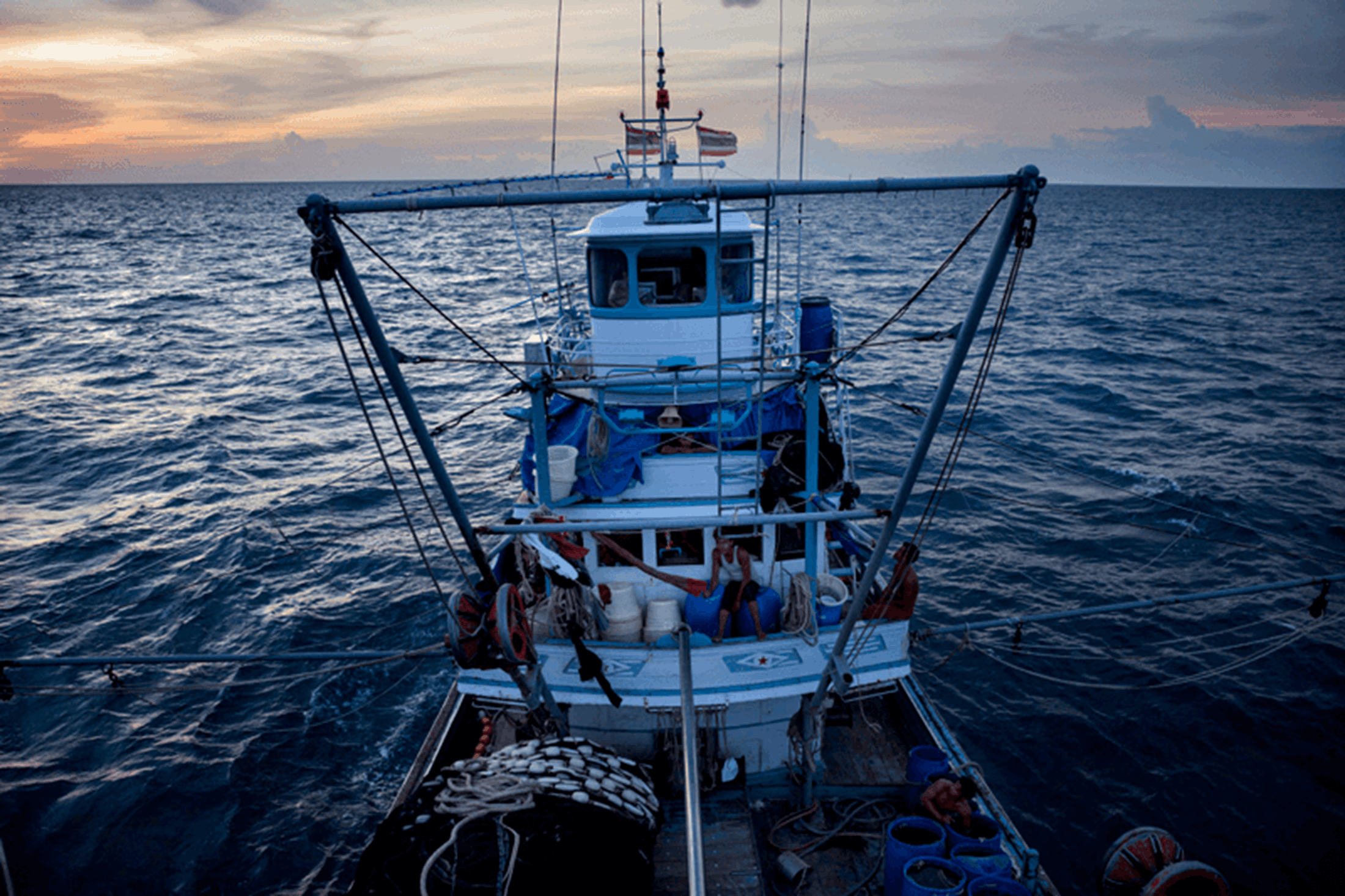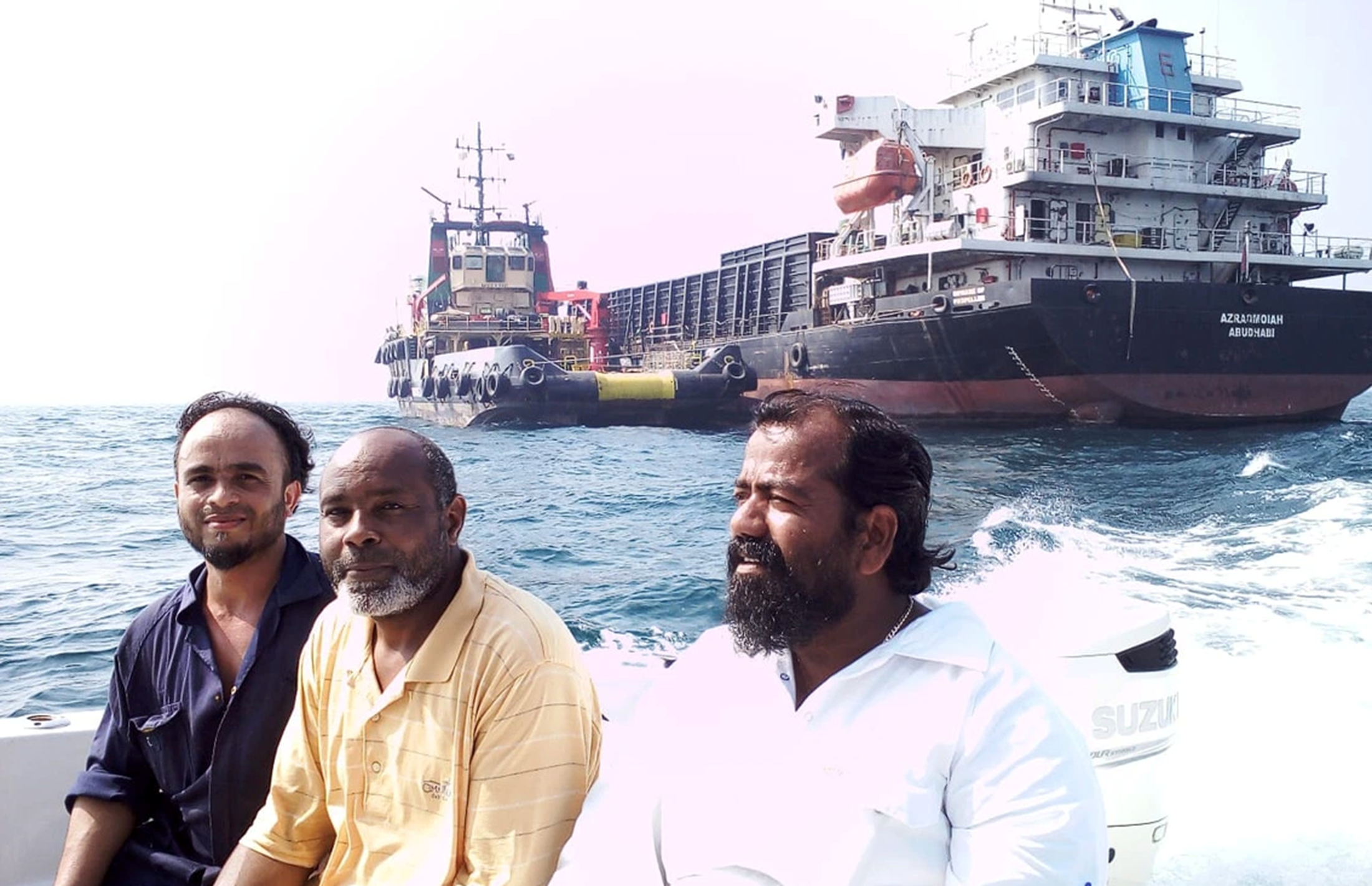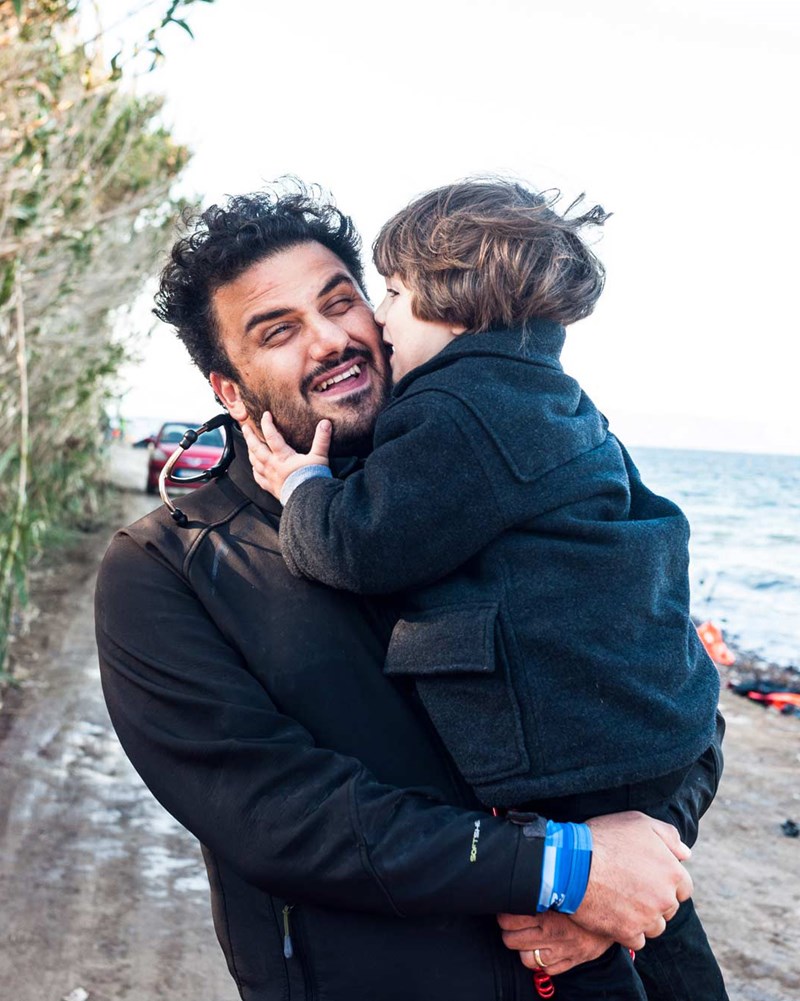All at sea
There’s a phrase to describe how invisible the shipping industry is: sea blindness. It refers to how the maritime industry goes largely unnoticed by the public, despite 90 per cent of the world’s trade being carried by sea. I think that same invisibility affects the 1.6 million seafarers that work within it: they’re unseen and unsung, despite so much of our lives being dependent on them.
At Mission to Seafarers (MtS), our focus is simple: we promote the welfare of seafarers across the globe. That’s from the crew working on an oil tanker, all the way down to the men on the fishing dhows in Dubai Creek. Our target is anyone on a ship, regardless of religion, gender, nationality, rank or anything else. We work in 17 countries across the Middle East and South Asia, from Egypt to India, and we’re on call in 200 ports worldwide. In the Middle East and South Asia alone we interact with upwards of 6,000 seafarers a month. We advocate for the shipping industry’s most important asset, and that means its people.
Seafarer support looks different in different places. It can be practical provisions, such as providing phone cards or WIFI access to enable crew to communicate with home, or transporting crews from the ports to our seafarer centres so they can use the laundry facilities, call their family or relax. Our centre in Dubai, for example, was built on gifted land and it has a pool, library, volleyball courts and restaurant for their use. We also visit anchored ships to take provisions to the crew, or just to offer a listening ear.
In India, we provide a lot of family support. That might be vocational training for spouses, grants for families of seafarers, or education support for children. This holistic approach reflects the fact that the maritime world is changing and crews are shrinking. In India, Pakistan and the Philippines, the seafarer is typically the family’s main breadwinner, and they are also often the lowest-paid and least qualified crews. If the opportunity for the work they do is diminishing, we’ll try to make it possible for others in the family to share the load.
Life at sea is difficult. It’s not everyday work to be on a 3,000-tonne vessel in all conditions and for months at a time, and problems can intensify more than we can imagine. Across the maritime world, welfare is the number one issue. Seafarers are 20 per cent more likely to commit suicide, 10 per cent more likely to suffer from depression, and almost a third more likely to report feelings of isolation and loneliness than almost any other profession. Add in the risks of working with heavy equipment, which go along with transporting goods around the world, low pay and distance from family, and it can be dangerous and lonely work.

It was in response to this that MtS founded the Seafarer’s Happiness Index, which is a simple app that allows seafarers to rate how they’re feeling at the start, middle and end of a voyage. It allows us – and in some cases the shipping company – to track their morale, and over time gives us a global picture. It also means we know to scale up or scale down our support and outreach to particular ships. It’s helped build industry awareness of the importance of good mental health among crews.
When things go awry, seafarers are at the mercy of their employers. Much of our work is advocating on behalf of crews who have been abandoned at sea for months, or sometimes years, without pay, power or provisions and in very difficult circumstances. Leaving the ship isn’t a small act - they can be 20 or more nautical miles out, it means using a lifeboat, and the crew typically don’t have the permissions or visas to come ashore – and if they accept repatriation, they’re unlikely to get their outstanding pay. Seafarers in this situation face a terrible legal limbo, and it can continue for months.
Globally, around 75 per cent of abandonments take place in the Gulf, I think partly because countries here haven’t ratified the maritime labour convention. This means there are no unions, which are key in terms of collective support for seafarers, and fewer protections for crew. It makes it very hard to prosecute abandonments, and securing a result is a long, costly and difficult process. Seafarers rarely get what they are owed.
Abandonments aren’t the only issue. We see cases of Indian fishermen, for example, brought to the Gulf for six to nine months a year to work on fishing boats. Their contracts typically give them a proportion of the catch, but they are only allowed to fish when the vessel owner permits it. At times, they can earn well. But at other times, they must wait for months on end with no income and no rights, to receive permission to resume fishing. These are the fringes of the industry, and they can often go unnoticed.
The first call I received in 2018 when I joined Mission to Seafarers in the UAE was from a Captain Ayyappan Swaminathan. He was the captain of a cargo ship and he and his crew had been stranded off the coast of Sharjah, with thousands of dollars owed to them in back pay. He became the focal point for six other vessels and 41 seafarers that had been abandoned, all by the same company, and he chose to fight for himself and the crew.
“Life at sea is difficult. It’s not everyday work to be on a 3,000-tonne vessel in all conditions and for months at a time.”

Ayyappan was trapped there for 18 months, in desperate conditions, living on dhal and rice and filtering seawater for cooking. It was life on a rusty ship, miles from anywhere, with only enough fuel to run the generator for an hour a day and very limited contact with family. We worked very closely together to progress the crew’s case, and it took months of advocacy, legal aid and trying to secure jurisdiction for a prosecution before the court took action and the owner responded with a settlement.
In the end, he received 80 per cent of his pay and was repatriated, which was seen as a good result. These ships were among more than 200 vessels abandoned in the Gulf over the past two years, though the number is diminishing.
Mission to Seafarers was founded in the 1830s. The story goes that the Reverend John Ashley was wandering the port of Bristol one Saturday, when his son asked him: “Who looks after the seafarers out there?” Being a good Victorian entrepreneur, the reverend got a ship, and turned it into welfare resource to visit the crews at sea. From there, it blossomed very quickly.
We first came to the Middle East 130 years ago, and now we have around 1,500 staff and volunteers worldwide. We are entirely dependent on donations, which come from individuals, corporate sponsorships, legacies and fundraising.
I like to think the organisation has helped enact long-term change. Historically, we’ve been a constant reminder to the shipping industry that seafarers are their greatest asset, lobbying for better rights and protections for them, and bringing pressure to bear on countries where we can. Most importantly, I think seafarers know that if they have a problem and they can’t get anywhere with the authorities or their company, then MtS is not a bad place to go.
In terms of future goals, I’d like to see fewer abandonments and swifter resolutions when they do happen, and better trained and cared-for seafarers. If we could achieve that, I’d think we’d done something good here.
What I’ve learned over time is that vulnerability is a vicious cycle. If, as a seafarer, you are not well educated, you are poorly paid and from a developing country, you are more likely to work on a risky ship and face abandonment. The language of the shipping world is English. If you can’t read English, you may not understand the terms of your contract or know how to lobby for your rights. It’s layer upon layer of disadvantage. I see a huge part of our work as helping seafarers to communicate – through the press, to governments and to the industry - and to fight for their right to safe work and migration. — PA





